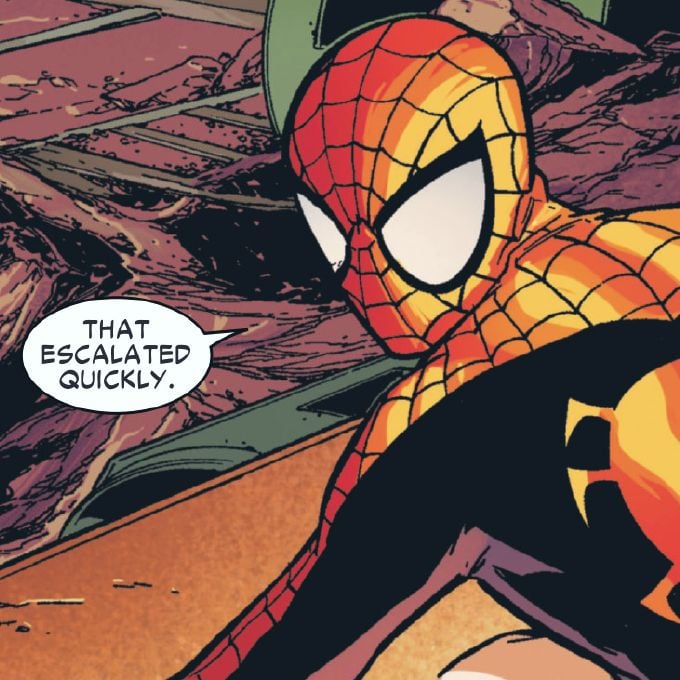Those two commentors genuinely brought relief to the unexpected anxiety that abandoned-quiche caused.
You were meant to bring balance to the force! (And you did
)
When I was a child, English had the convention of alternating parentheses with brackets (so a nested thought [like this (or this)] would be slightly easier to place within shifting contexts).
Seems like a good solution, but I’ve found excessive nesting of thoughts has a side effect of making a writer seem distracted, scattered, or otherwise just difficult to follow.
(Just [add more \unique ])
Missed <>~~《》``
I used this as a strategy for nested parenthesis when I was writing in school but my teachers always told me to just break things into more sentences. Which was honestly probably the correct move. At this point my favorite method for dealing with this has become footnotes, we need more footnotes in novels and casual reading. The only time I’ve ever seen that done is in The Bartimaeus Sequence by Jonathan Stroud, in which he greatly overuses them, and I absolutely loved it.
I did that when doing pen and paper maths (or in the occasional latex), but now that my maths are exclusive programming is full nested parenthesis all the way.
Years ago I remember reading Visual Studio c++ patch notes that mentioned having fixed a bug with having more than 255-deep nested parentheses. Good times
The max at my job is 20 and it’s already horrifying. (C# though) (The variable naming also sucks, a bool ‘ok’ is constantly overwritten and 12/20 indents are 'if (ok) { ') (guess who’s leaving that job, large part because of the coding practices)
imagine the spaghetti code that someone had to go through to find that bug
I’m not counting that, but did he take his ‘:)’ into consideration?
Each spaced group is 10
Each , is 100
Each ; is 1000
In short, yes.
Honestly, props to the amount of effort they put in for future legibility and proofreading
(:
:)
Have to close that one now (first comment doesn’t count cos it’s in quotes) :)
Now that I think about it, I wonder how large the ratio between ‘(’ and ‘)’ across the entire internet is, due to emoticons.
Most people write them left to right. Now, do people use the smiling one ‘:)’ more or the sad one ‘:(’? My gut feeling would be a larger quantity of positive emotions, however, people tend to use ‘:D’ instead.
How about individual chats? This could actually be an indicator about the relationship between people, at least in an era before emojis.
:) definitely wins out. Whenever I’m watching a streamer make a prediction that’s amusingly close to the truth, the chat turns into a sea of coy :) comments.
Also, I feel like the crowd that would use :D have now moved onto emojis.
Speaking with a lisp…
It equals 1
*lithp
The person who decided that the
case ... ofstatement in Bash should use unpaired right parentheses has found a soulmate and/or a mortal nemesis in abandoned-quiche.It pisses me off as well. It seems so out of place.
Still not as bad as Haskell using unpaired apostrophes in variable names.
Fuck Haskell, all my homies hate Haskell.
/me looks up bash’s
case...ofOh no.
thats just lisp programming in a nutshell
The really beautiful thing about Lisp is that every syntactic construct in the language is the same type of object.
The thing that makes it so ugly to look at is that every syntactic construct in the language is the same type of object.
I’m having Excel nightmares
=VLOOKUP(
People in 2025 still using VLOOKUP instead of XLOOLUP…











